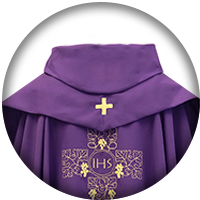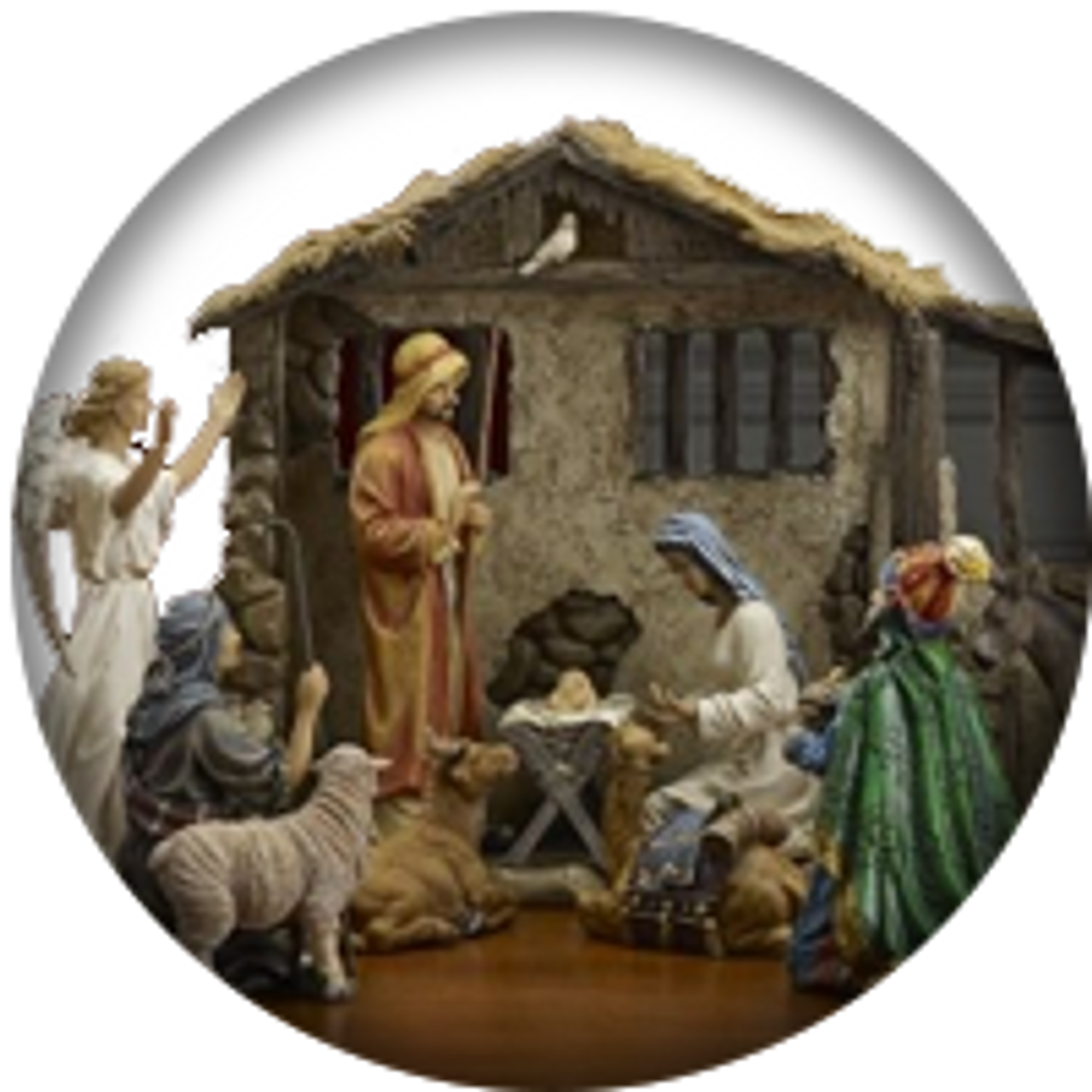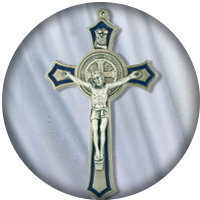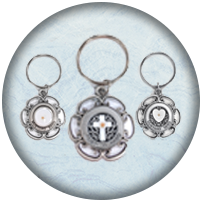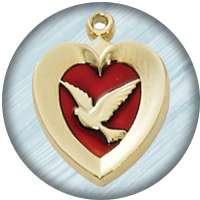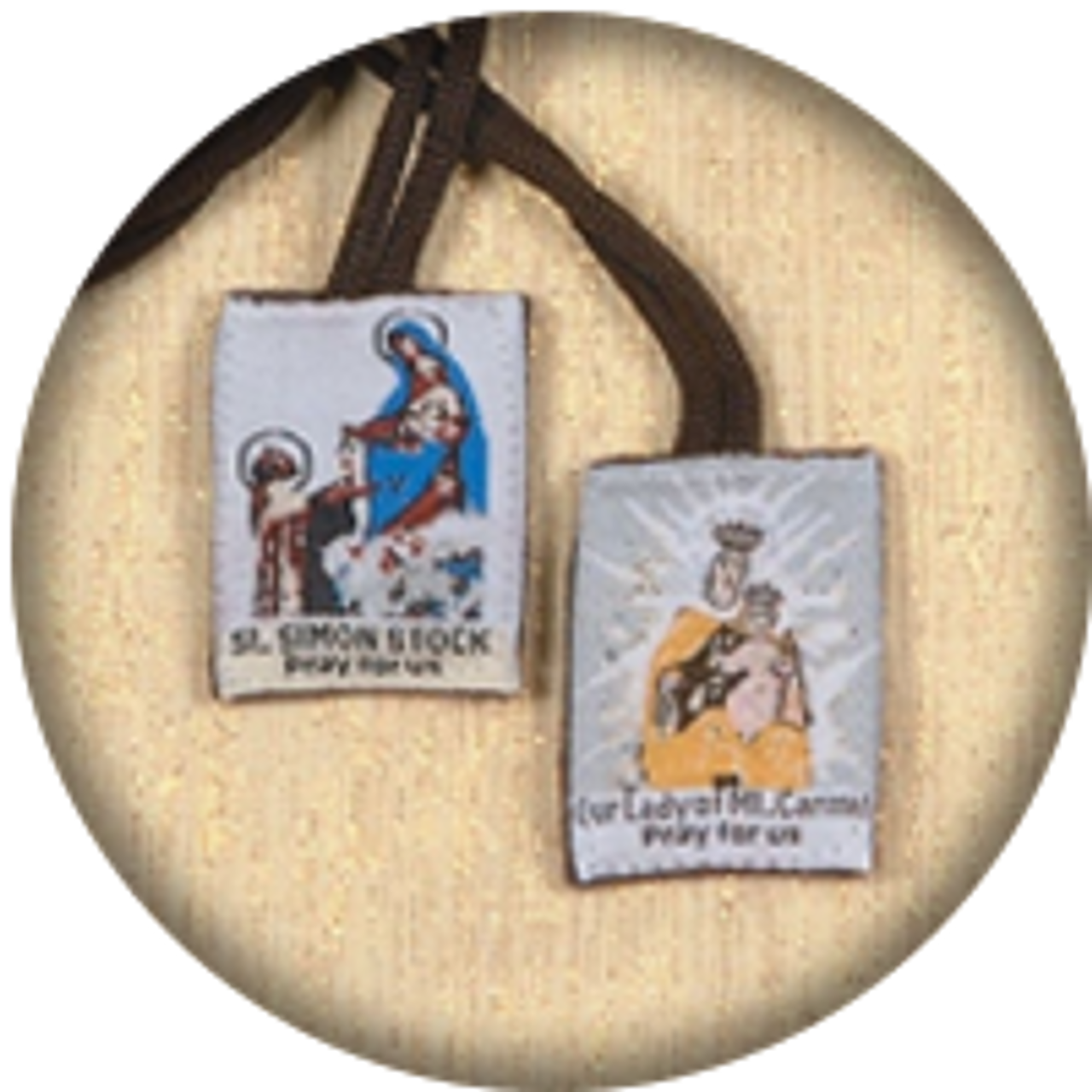Olive Wood Comfort Cross
Kathy Boh on 12th Feb 2015
THE SIGNIFICANCE OF OLIVE WOOD

The olive tree is an extremely hardy tree that is native to the warm, sunny regions around the Mediterranean Sea. It is an extremely long-lived evergreen, with resistance to fire, drought and disease. Since the root system is so vast and strong, the tree can regenerate from the elaborate root system even when the tree above ground is destroyed. Like the persistent, determined Christian with strong roots in the Lord, Himself, the olive tree just keeps coming back, despite destruction and dangers. Some trees around the Mediterranean have lived so long that they were potentially birthed near the time of Christ.

The tree, itself, thrives in direct sun—as God’s people thrive in the full Light of His Son. The roots grow well in rocky soil—as we, too, find life in the Rock of our salvation, Christ our Rock, and let our roots wrap around Him. The olive is a tree that is very fruitful.* The leaves, themselves, are gray-green and leathery; the flower is a lovely feathery white; the wood is a swirl of shades of brown and tan, but smooth-grained; the edible fruit is the olive, itself. The year-round vitality of the leaves is symbolic of everlasting life and prosperity. It was an olive branch that the dove brought back to Noah, as he tested for dry land after the rains ceased. The olive branch was a sign that new life could begin after the flood. Thus, the olive branch also signifies peace and hope.
The olive tree changes after about 200 years in its life cycle. The old trunk is replaced by new growth—new trees that begin to grow at the base of the old trunk. This develops into a complex wood base to the tree, and produces multiple branches that become more dense, and the tree becomes even broader and greater for shade. (God shelters His people, and, like an olive tree, His children are meant to become a loving “shelter” for others, who, in turn, hear the “good news” and produce “new growth” in their own lives, while contributing to the development of new life in others.)The branches of the olive tree are pruned regularly, and produce the wood that is used in many olive wood products. The culture and traditions of the Holy Land are set toward protecting their olive trees, so they are rarely cut down.
Olive trees, olive wood, and olive oil are mentioned throughout the Bible. There were two olive wood doors (carved with cherubim, trees and flowers) covered in gold in the Holy of Holies. Two olive trees are representative of the Two Witnesses who will come and proclaim the good news immediately before Jesus returns in glory. [Rev. 11; Zech. 4] Olive oil, pressed from the olives, was and is used for anointing.
It was in an olive grove—the Garden of Gethsemane (the area of the oil press on the Mount of Olives)—where Jesus prayed and agonized before his crucifixion, while his disciples slept. There He was betrayed, and there he was arrested. His ascension is thought to be from the Mount of Olives, for Acts 1:12 says that, [after that event] “they returned to Jerusalem from the mount called Olivet, which is near Jerusalem, a Sabbath day’s journey away.” The prophet Zechariah tells us that, when Jesus returns, “On that day, God’s feet will stand on the Mount of Olives…” and “[it] will be split in two from east to west by a very deep valley… The Lord will be king over the whole earth… the Lord will be the only [O]ne…”
~~~ ~~~ ~~~
*”The Lord has named you ‘a spreading olive tree, a pleasure to behold’ “ or, in another translation, “Jehovah called thy name a green olive-tree, fair with goodly fruit”. [Jer. 11:16]


